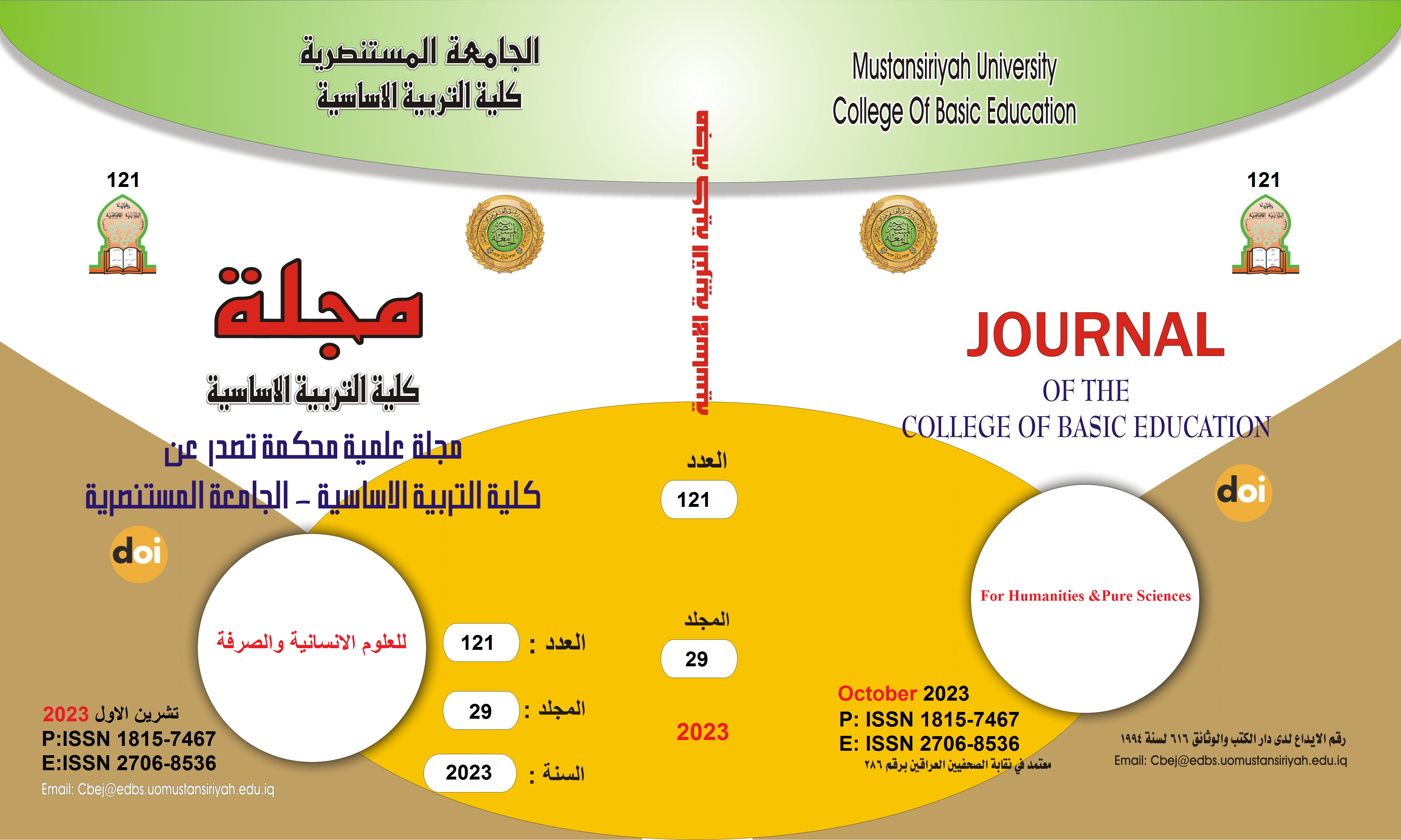The administrators of the Diyala Brigade and their administrative, social and economic impact )1932-1937 AD
Main Article Content
Abstract
The research deals with the works of four administrators who left a clear impact on the public, social and economic life in the Diyala Brigade in the period (1932-1937 AD) and were sincere in their administrative and functional work, and they are: Mahmoud Fakhri Bey (June 8, 1932 - December 20, 1933 AD), and Ahmed Aref Kaftan (December 20, 1933 - May 2, 1934 AD), Amin Khalis (May 3, 1934 - April 7, 1935 AD), Khalil Azmi (April 8, 1935 - April 24, 1936 AD), (December 8, 1936 - early January 1937 AD). The time frame for the research was determined according to the date of the change that took place in the years (1932 AD) and (1937 AD) between the administrators of the Diyala Brigade.
The governor, Mahmoud Fakhri, took care of the health aspect by building a hospital and health centers in the district, and worked to expand efforts to combat the spread of epidemics and diseases. On the economic side, he worked on addressing the problem of Diyala land ownership, and resolving disputes between farmers and landlords in accordance with the system of civil and penal clan claims in force at the time. Mahmoud Fakhry was also interested in improving the revenues of the district, especially the municipalities, to benefit from them in the completion of various service projects.
The governor, Ahmed Aref Qaftan, took care of providing health, educational and public services, as he worked to establish health centers in the Diyala district, and showed clear interest in establishing many schools in order to accept all students in government schools. As for his impact on the development of public services, he worked on constructing roads and paving them, constructing bridges and bridges, modern buildings and gardens, and cared for planting the main streets of the brigade, and establishing water and electricity projects. Thus, the work and achievements of the Mutasarrif Ahmed Aref varied, and he proved a high administrative ability in managing the brigade.
As for Amin Khalis, he had a clear impact on the provision of basic services, especially the establishment of the electricity project. In the health aspect, he opened a number of health centers in areas far from the center of the district in: Khanaqin, Baladruz, Buhriz and Qazania.
As for the governor, Khalil Azmy, he was a firm administrator, who had a prominent impact in providing various services, as he completed water projects in a number of areas of the district, as well as the electricity project. He also took care of the construction, maintenance and expansion of roads, and the irrigation of rivers in order to improve the agricultural situation. The governor, Khalil Azmi, paid great attention to the health aspect, as he made inspection tours to all hospitals and health centers in the district, and worked to provide potable water to the centers of the cities of the district, and to establish health centers in the various regions of the district, as the number of fixed clinics in Diyala increased to (fifteen) clinics. The Mutasarrif made great efforts to develop health institutions in the Diyala district to confront the diseases that were prevalent at the time. In addition, there was an expansion in the dissemination of education, as the number of students witnessed a clear increase, as their number reached in the year (1935 AD) to (3789) students, and schools were established and their numbers increased in the areas of the Diyala District, and(8)schools and kindergartens were opened in Diyala. Thus, Khalil Azmi succeeded in providing water and electricity services to the people of the Diyala district, in addition to his great contributions to improving the reality of educational and health services in the district.
Article Details

This work is licensed under a Creative Commons Attribution-ShareAlike 4.0 International License.
